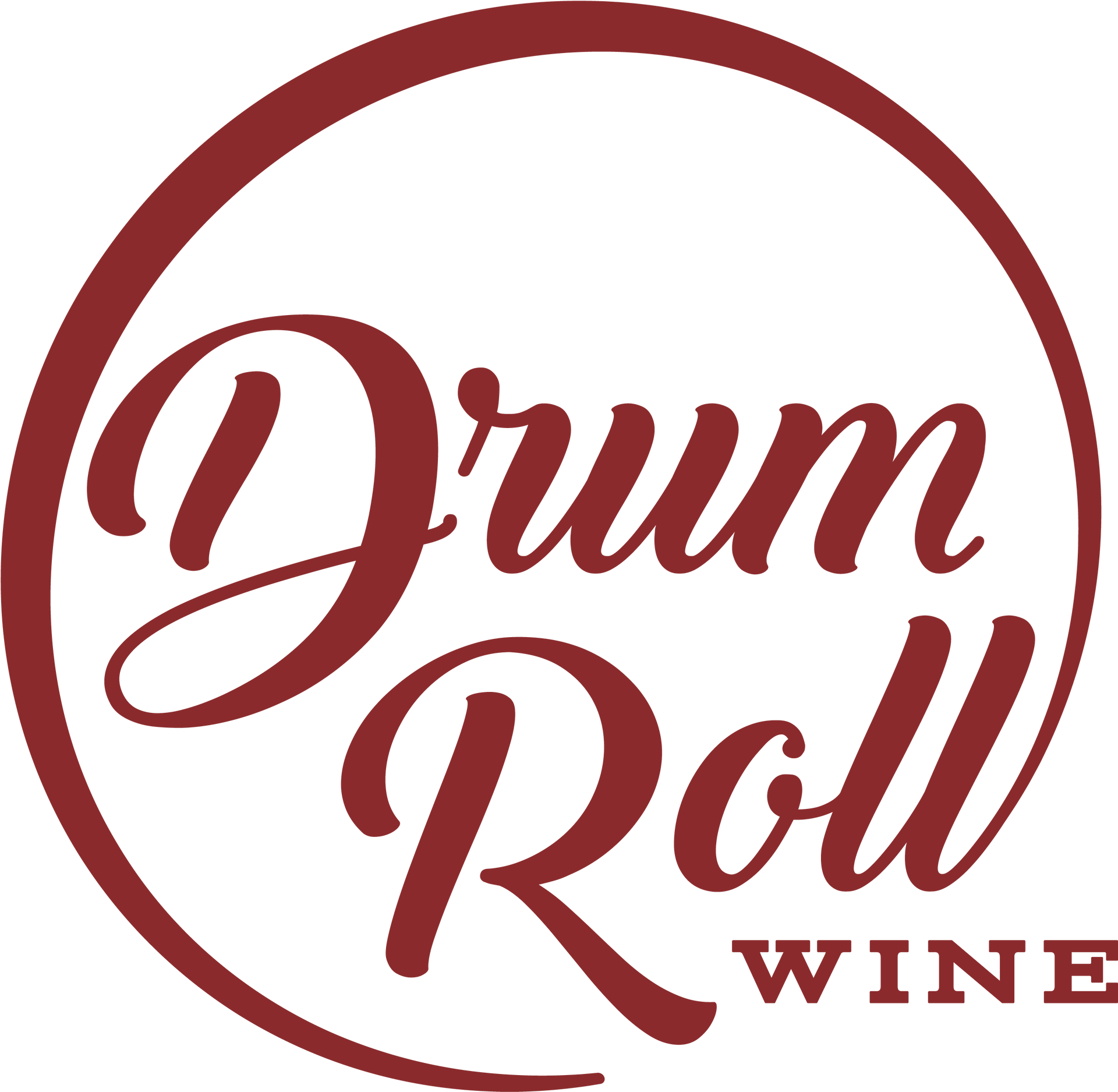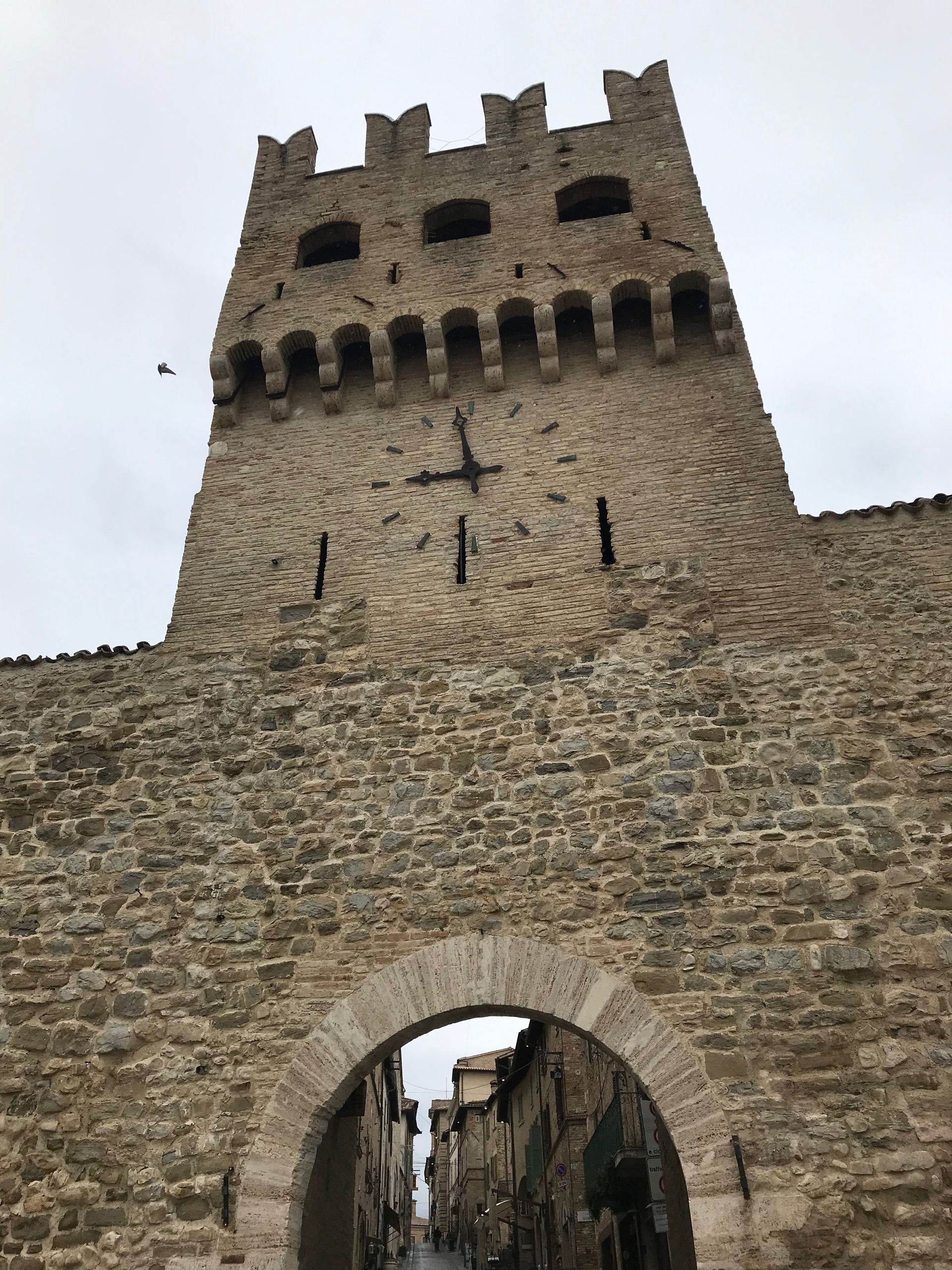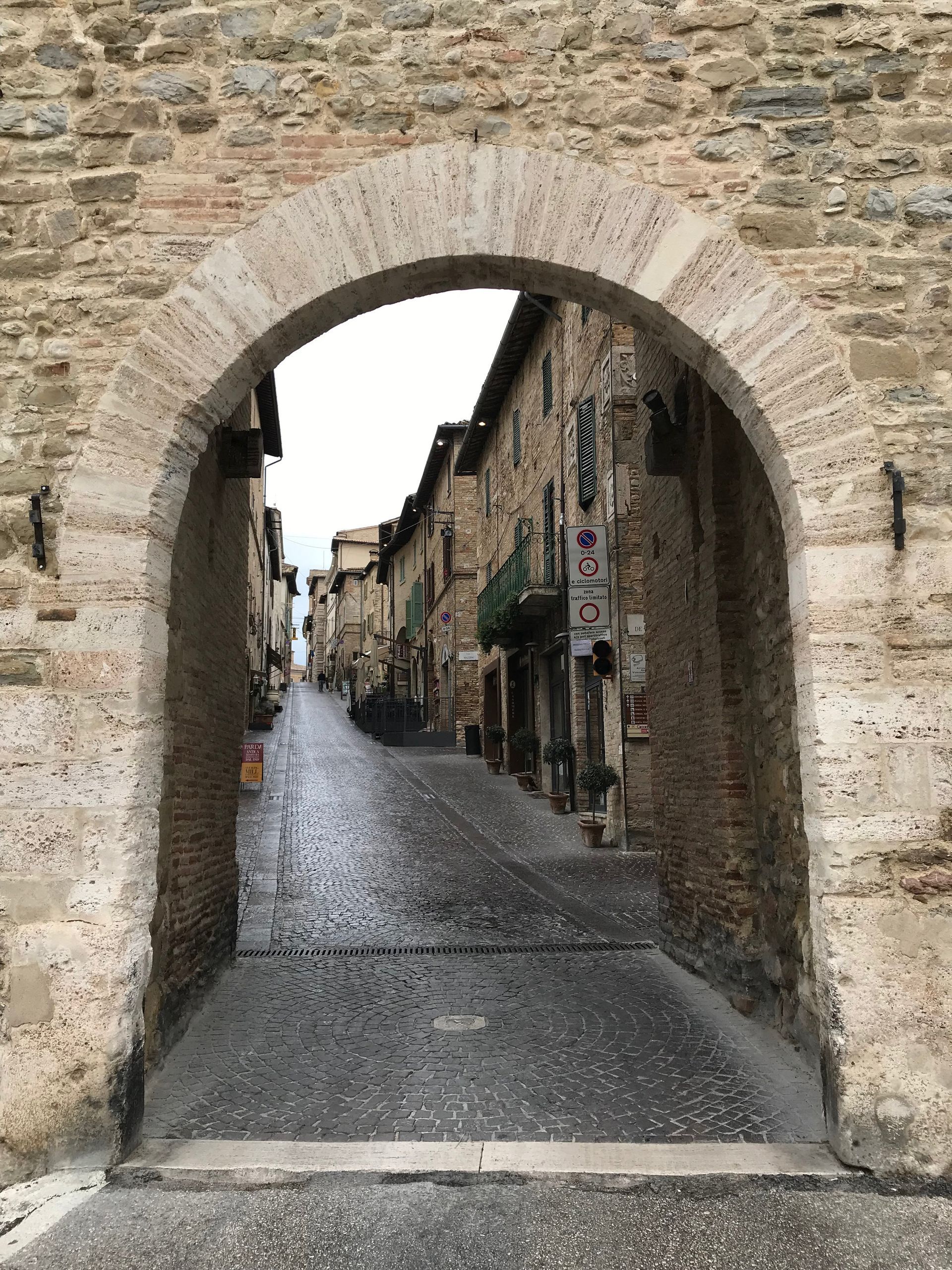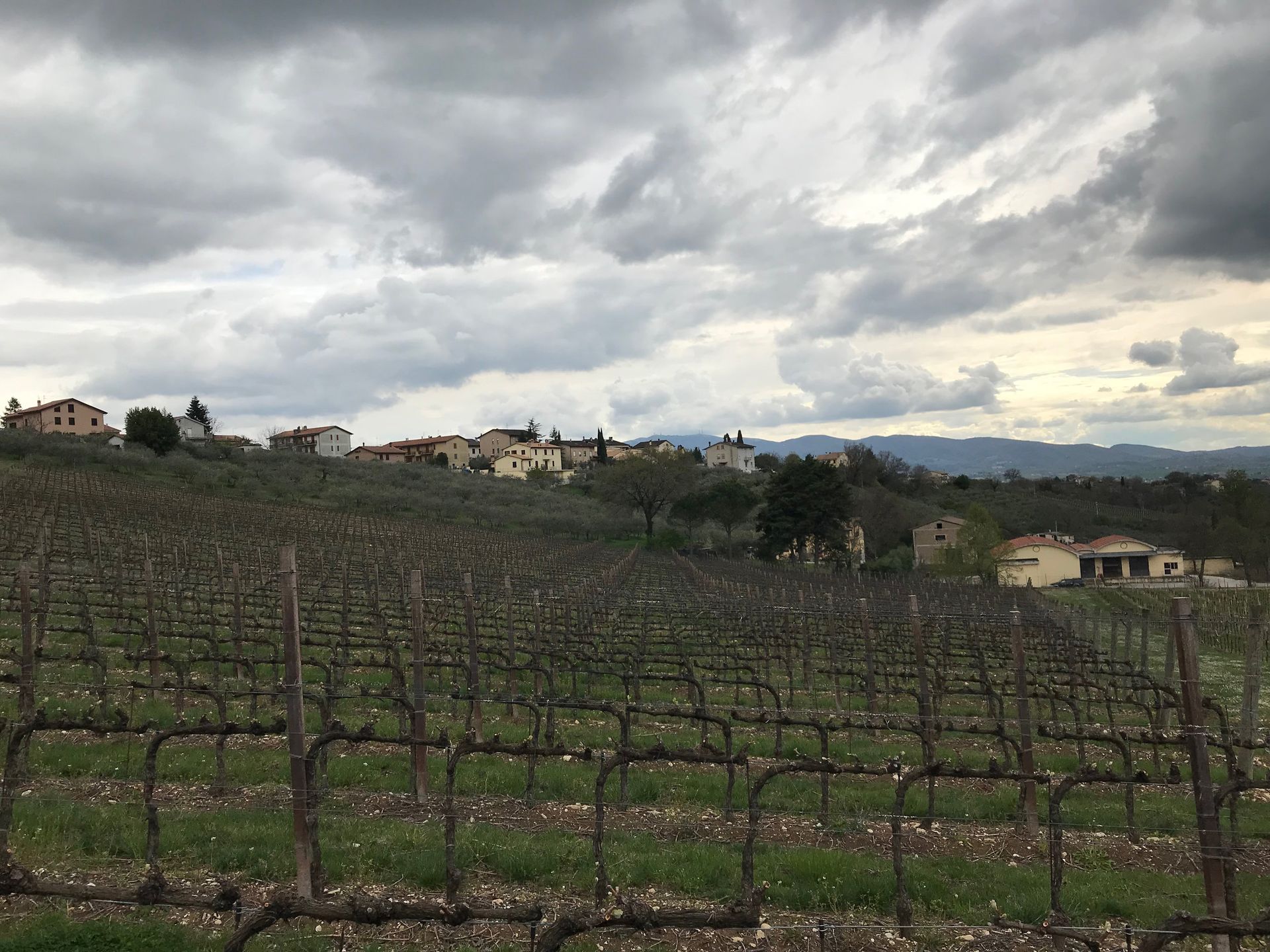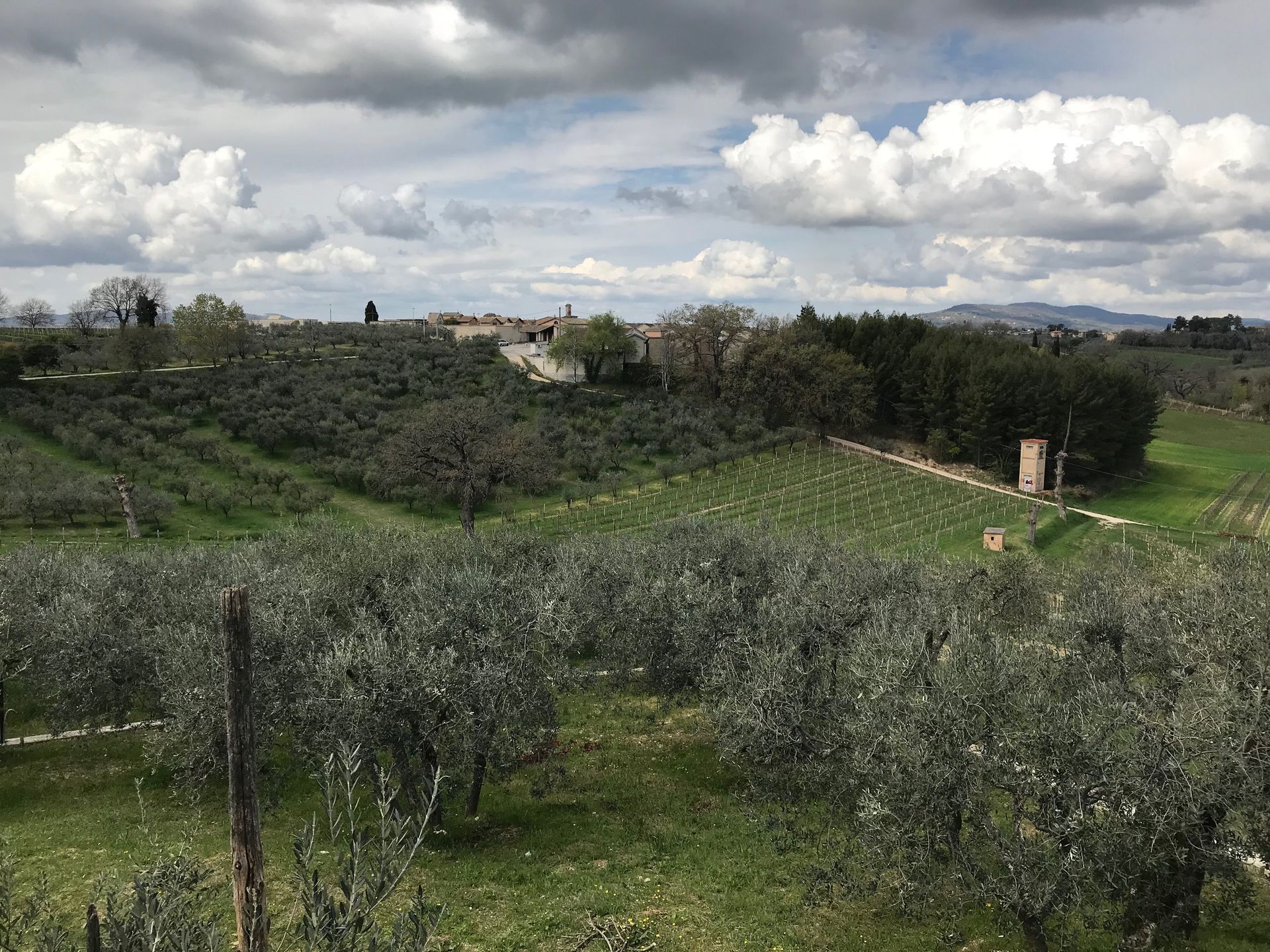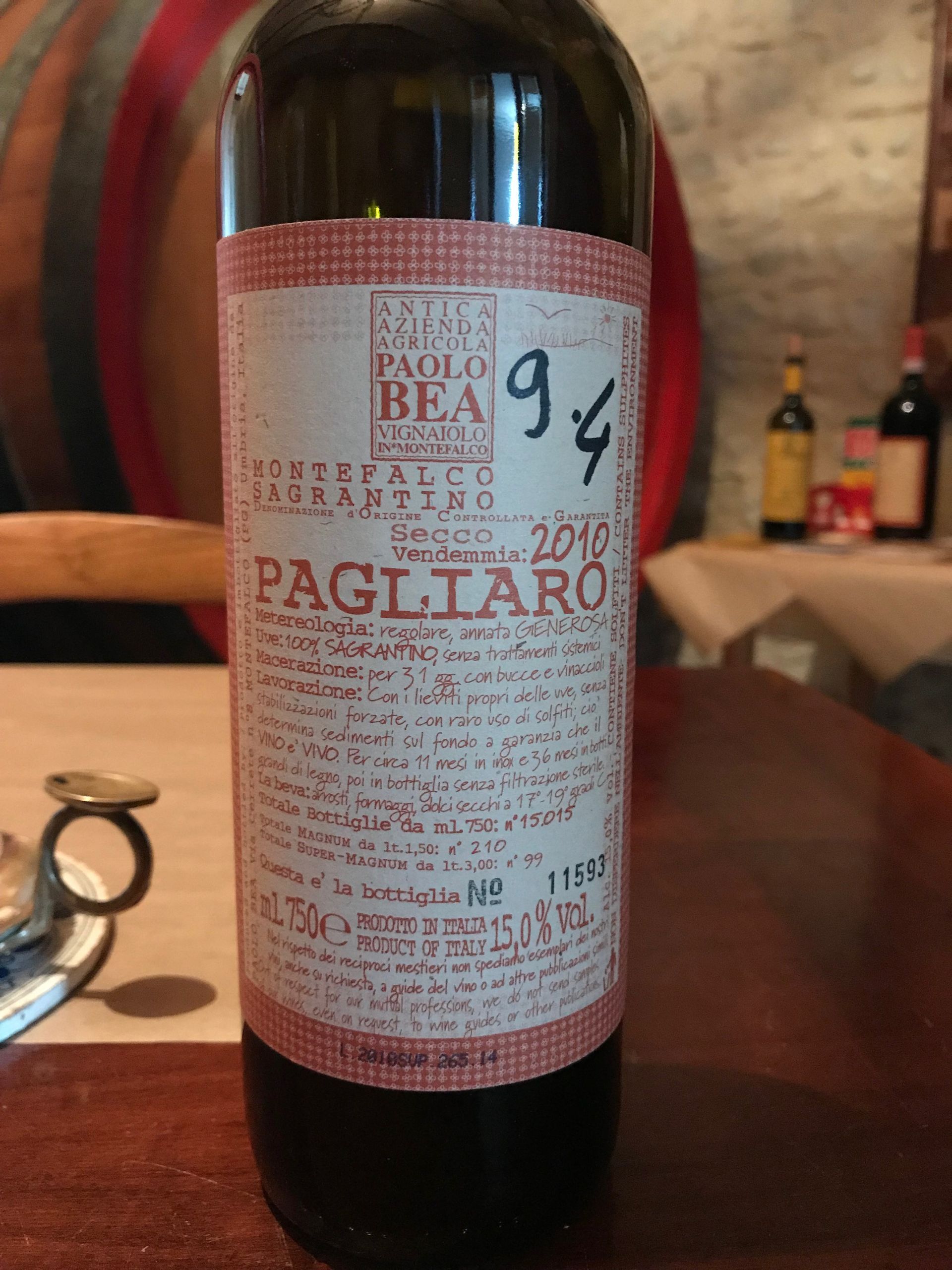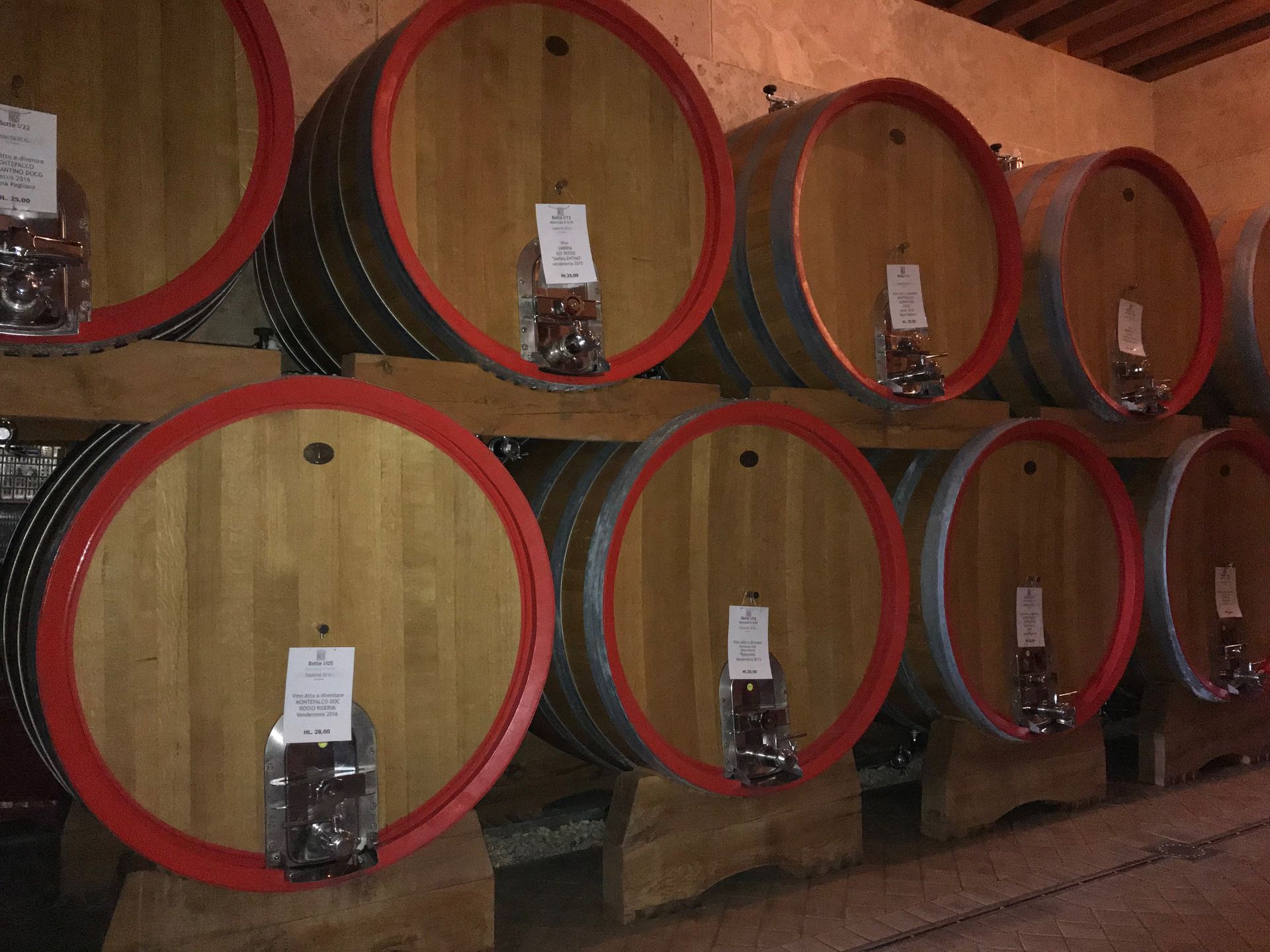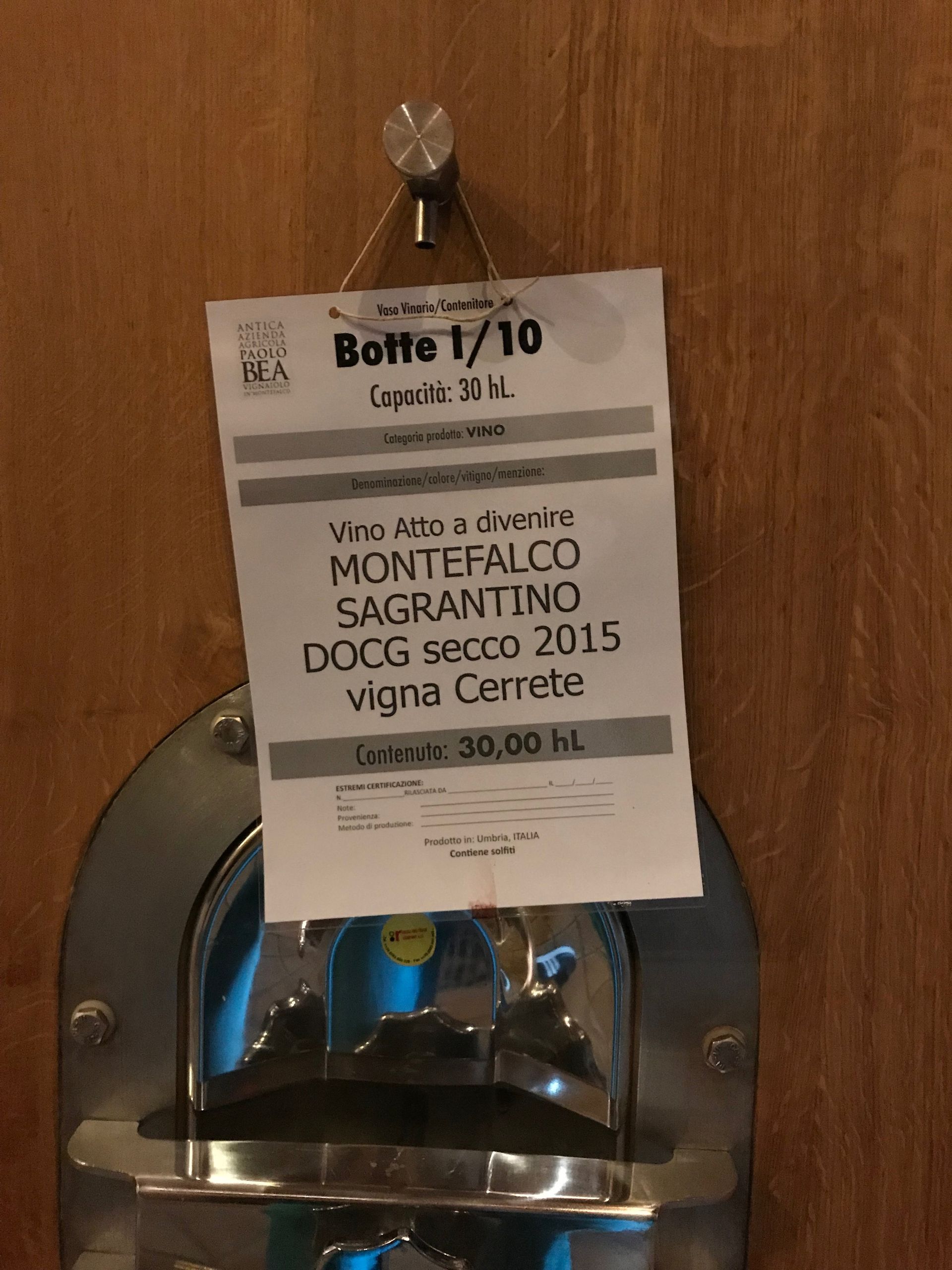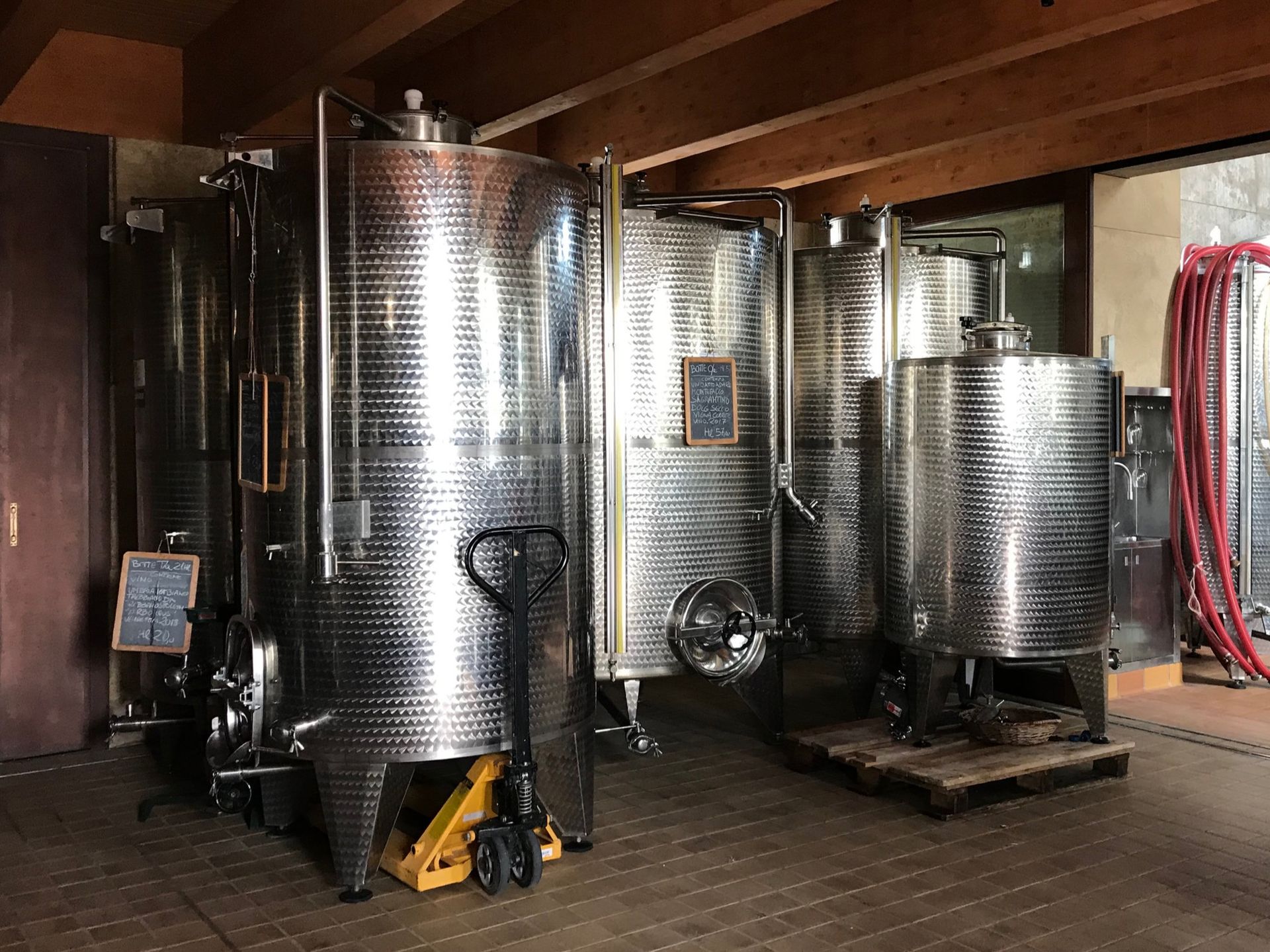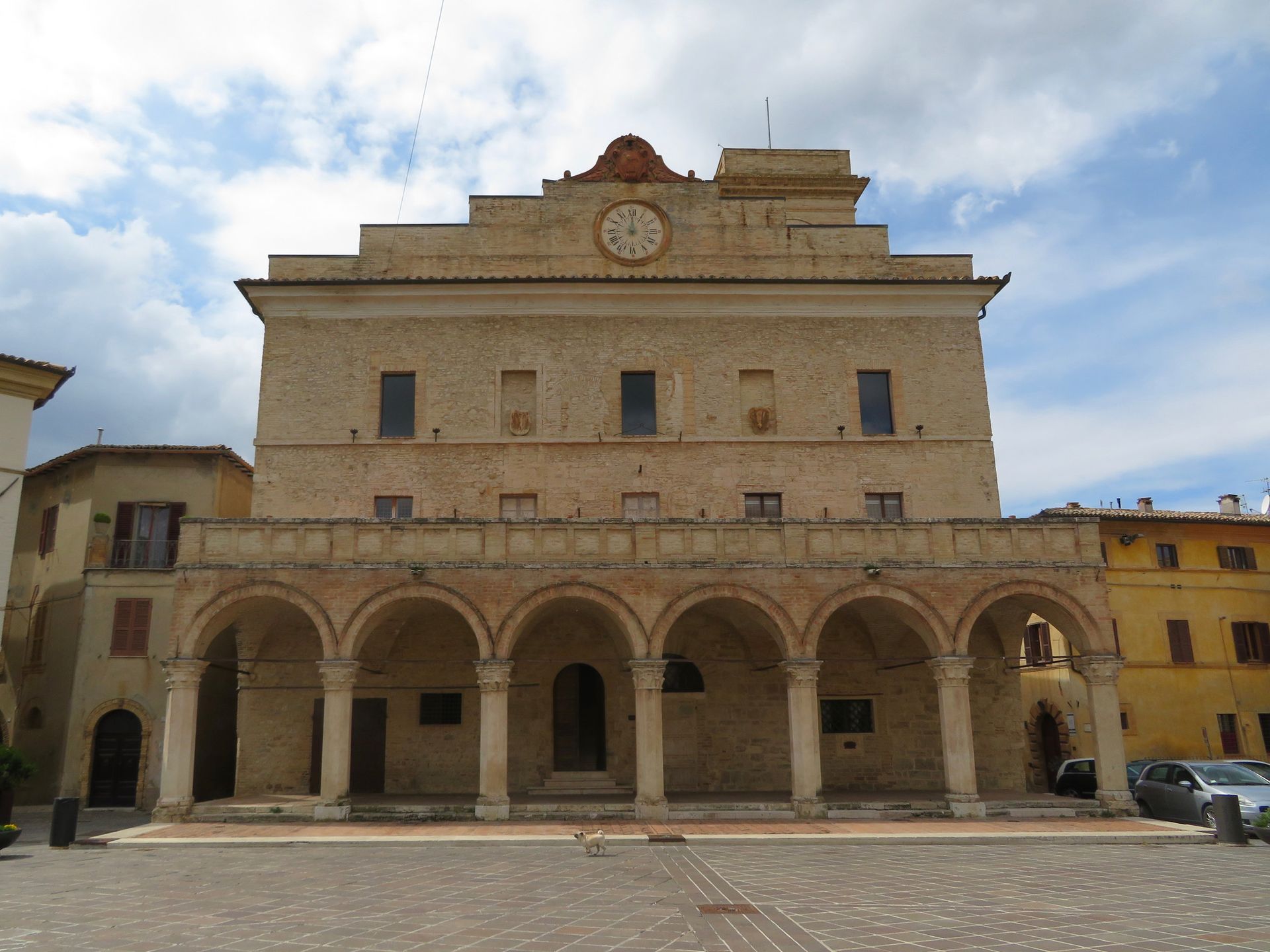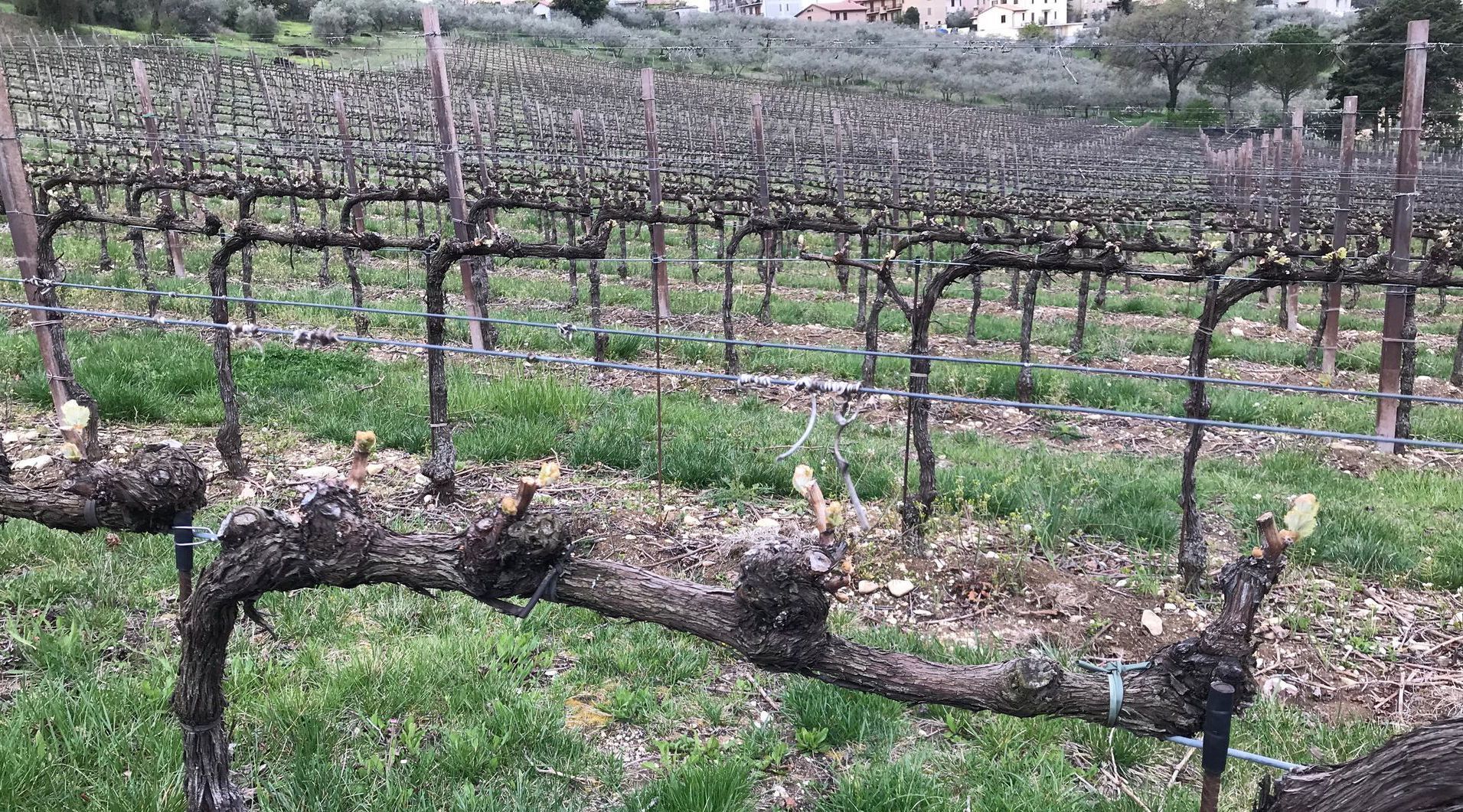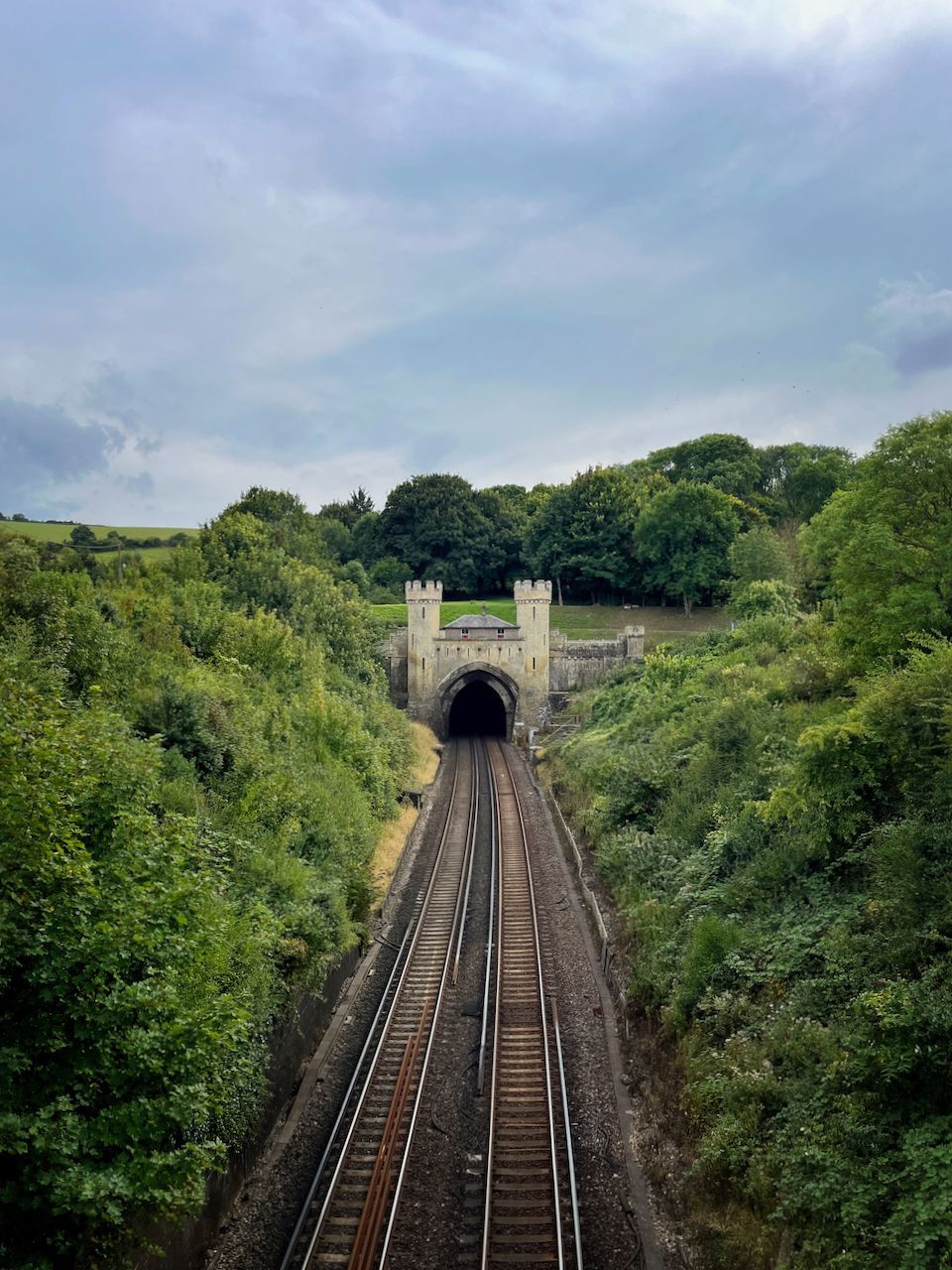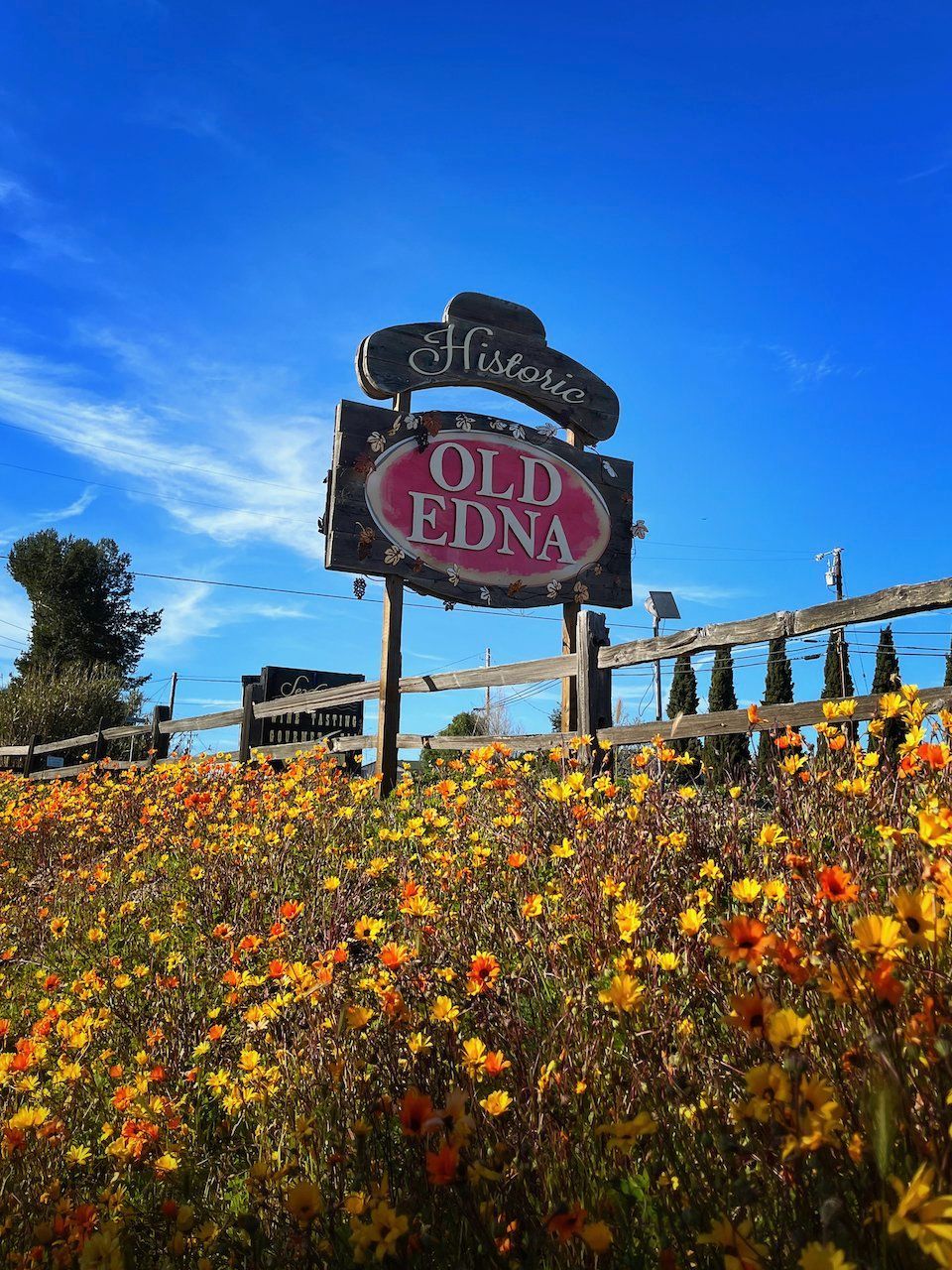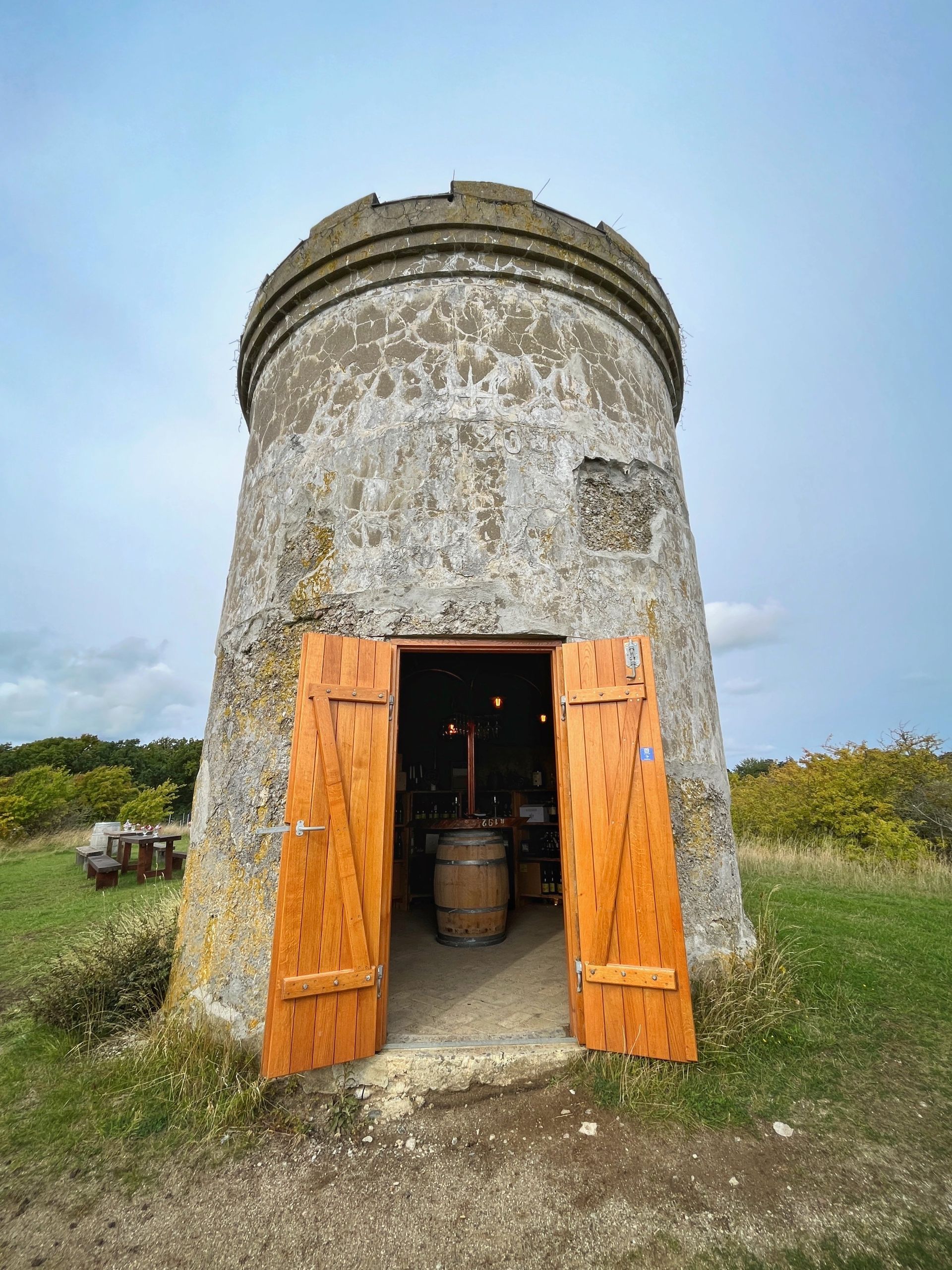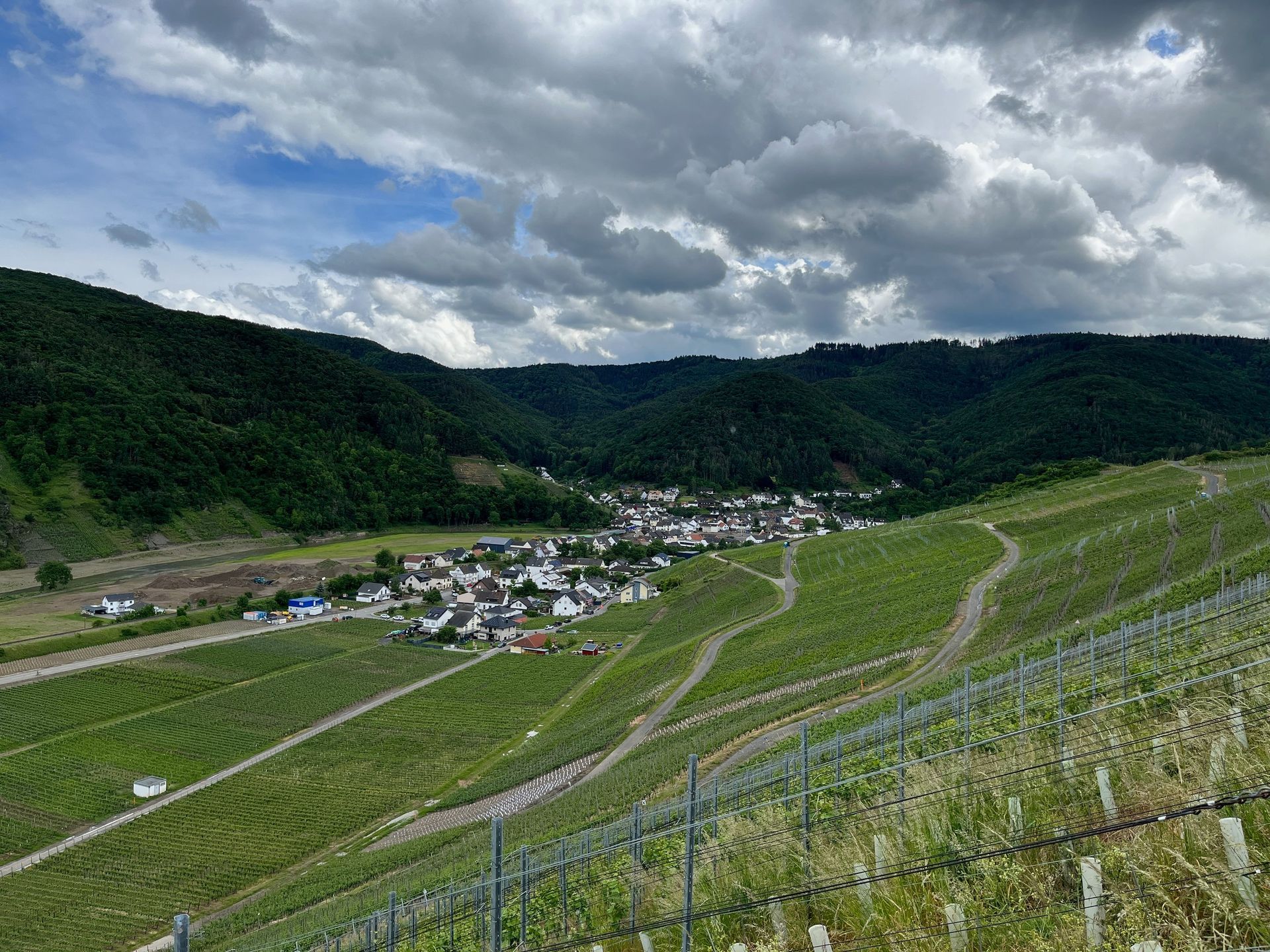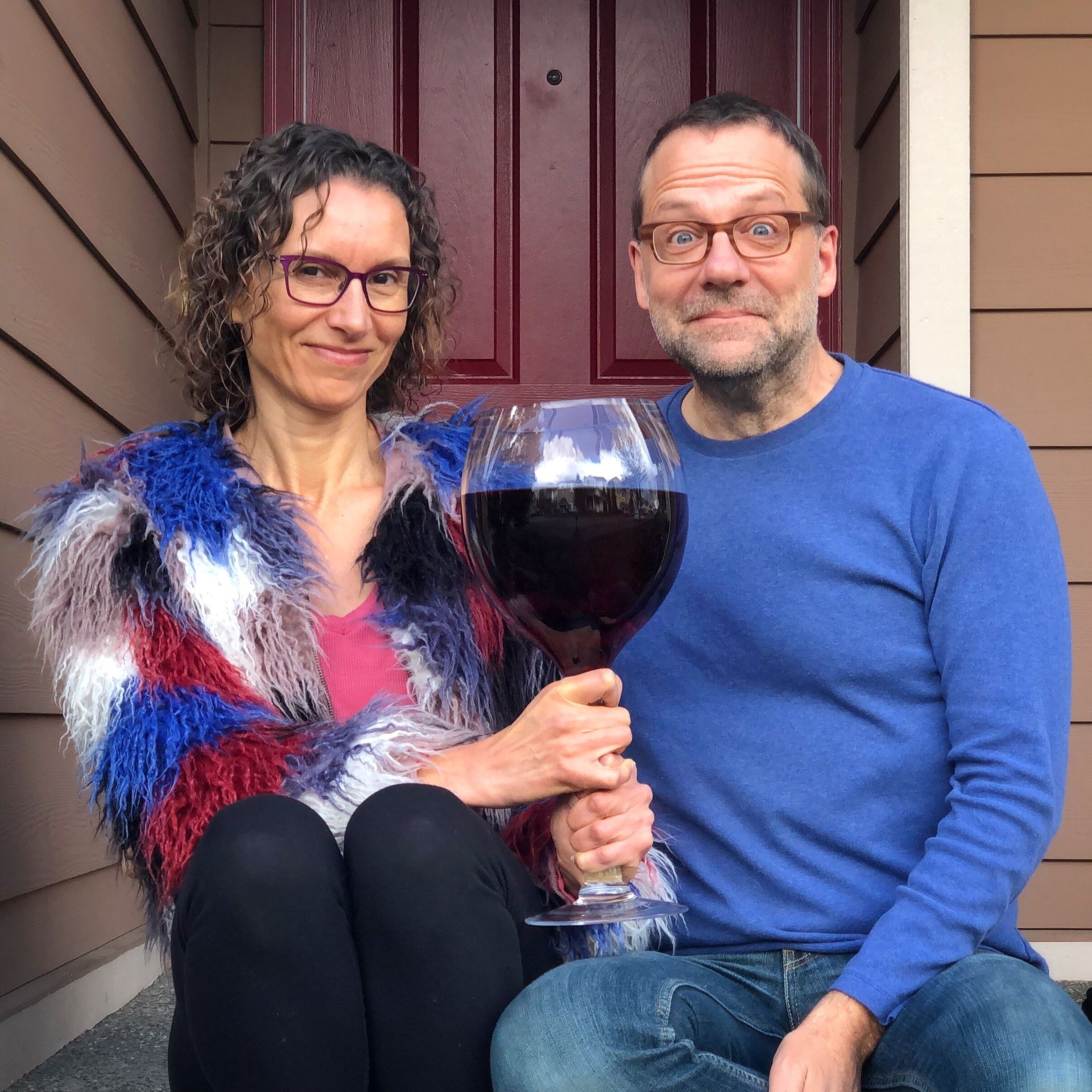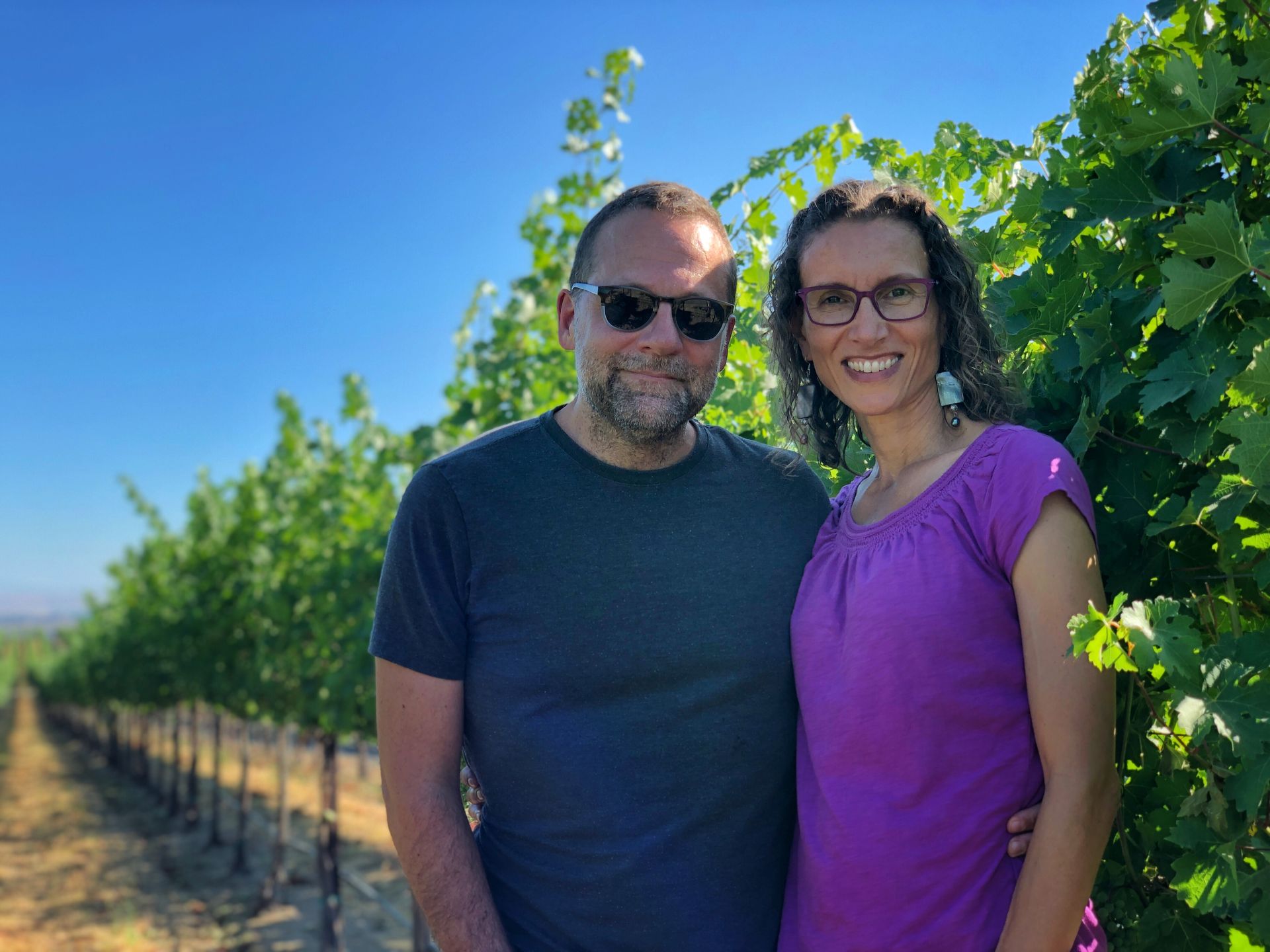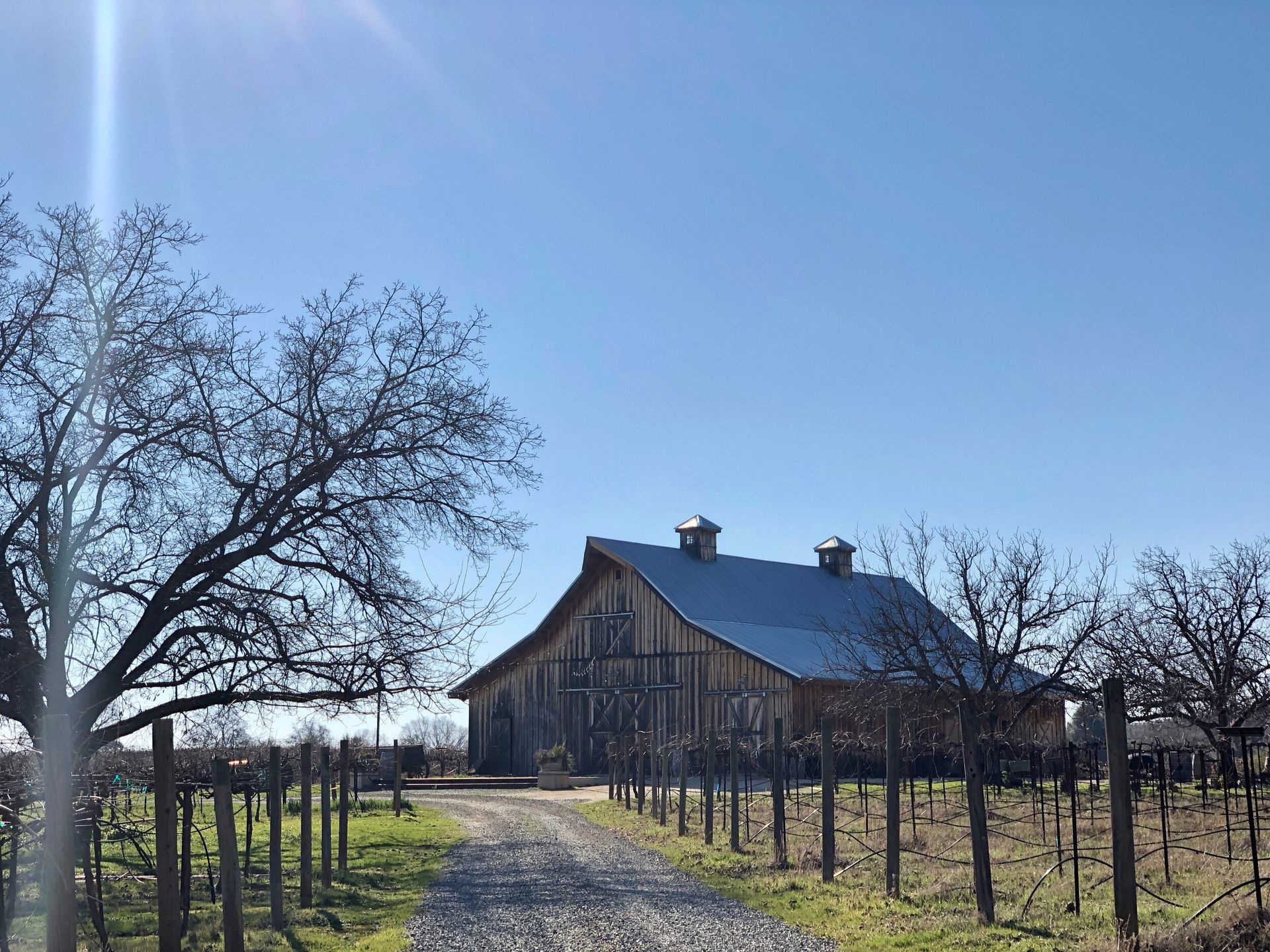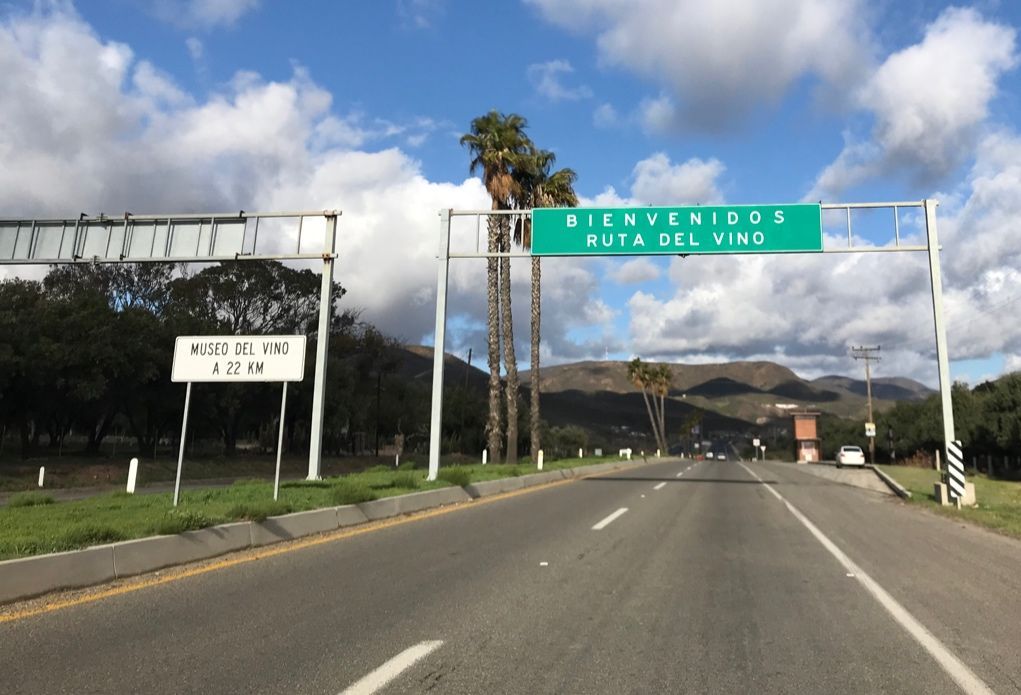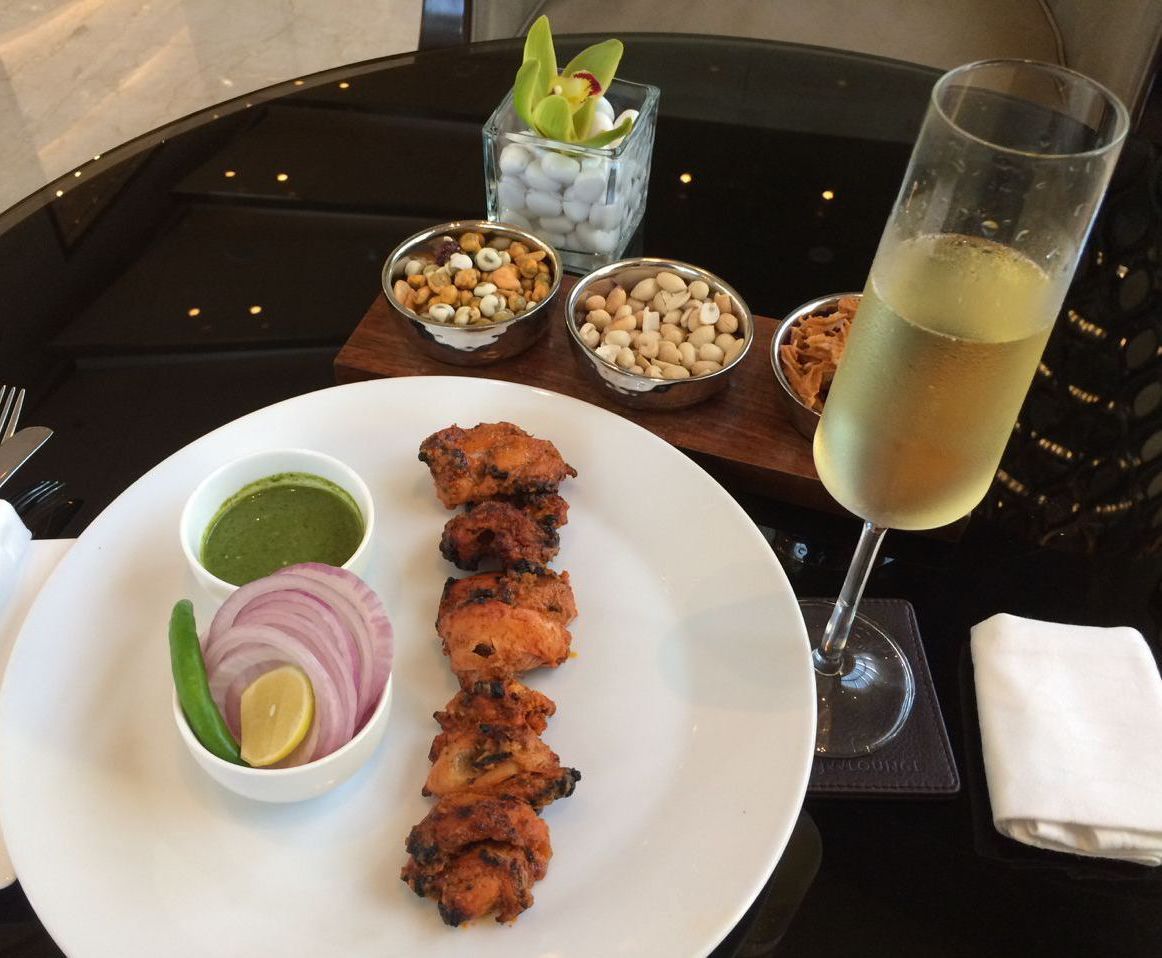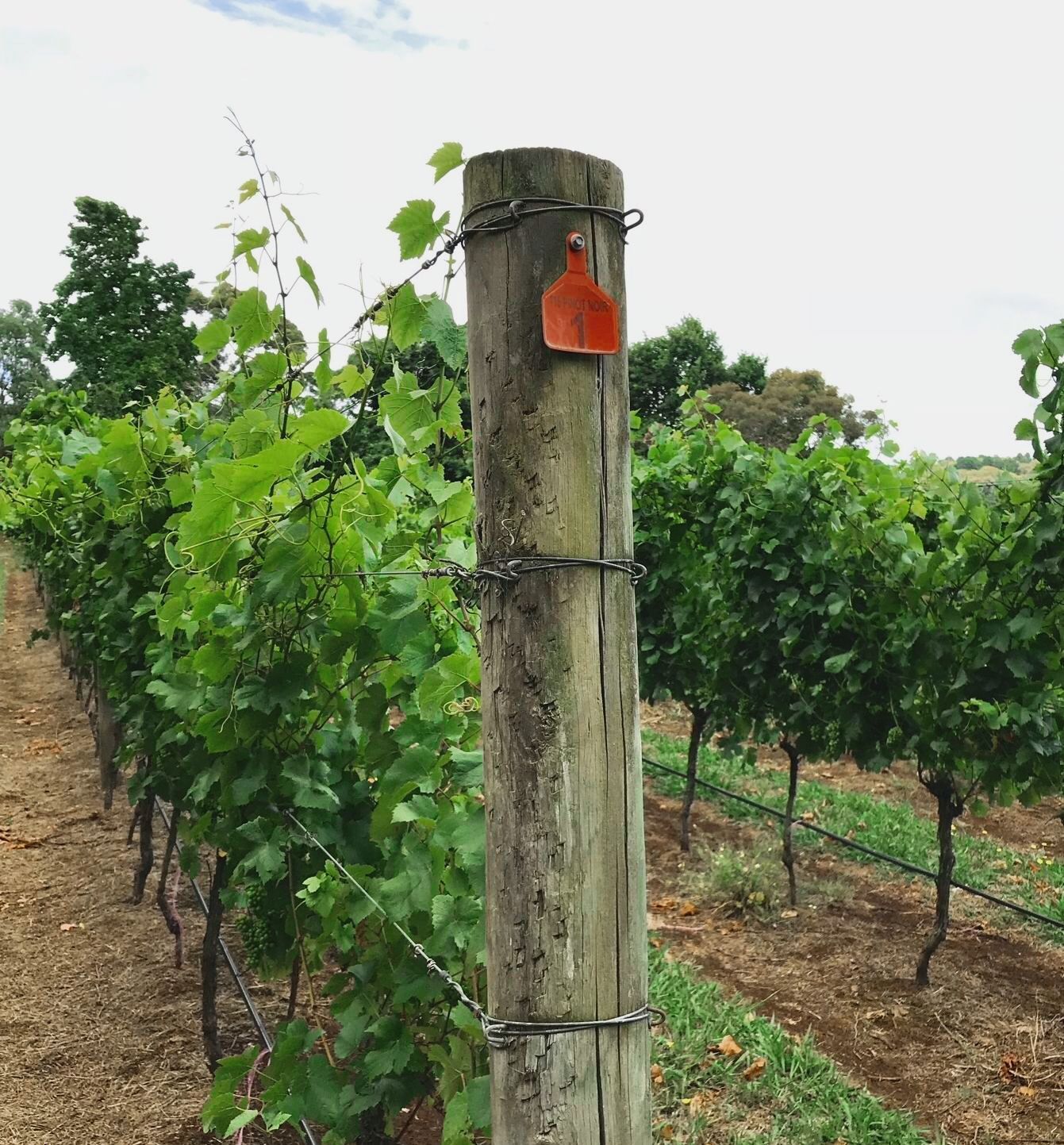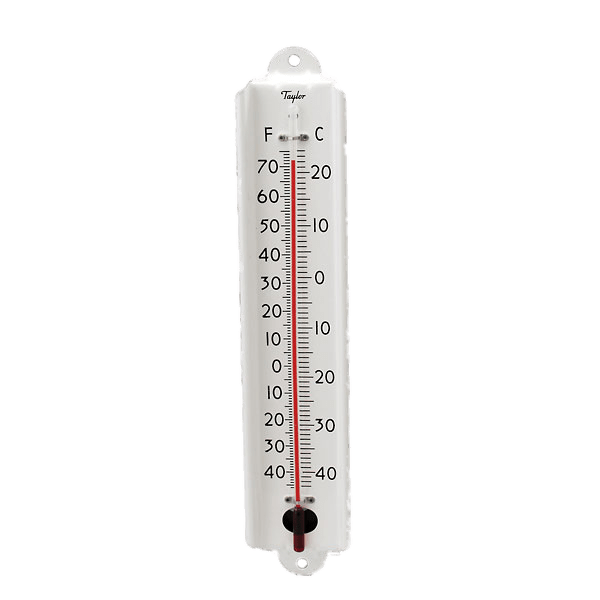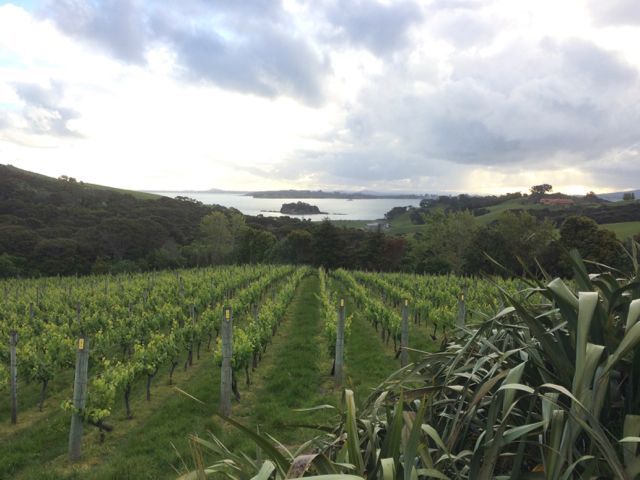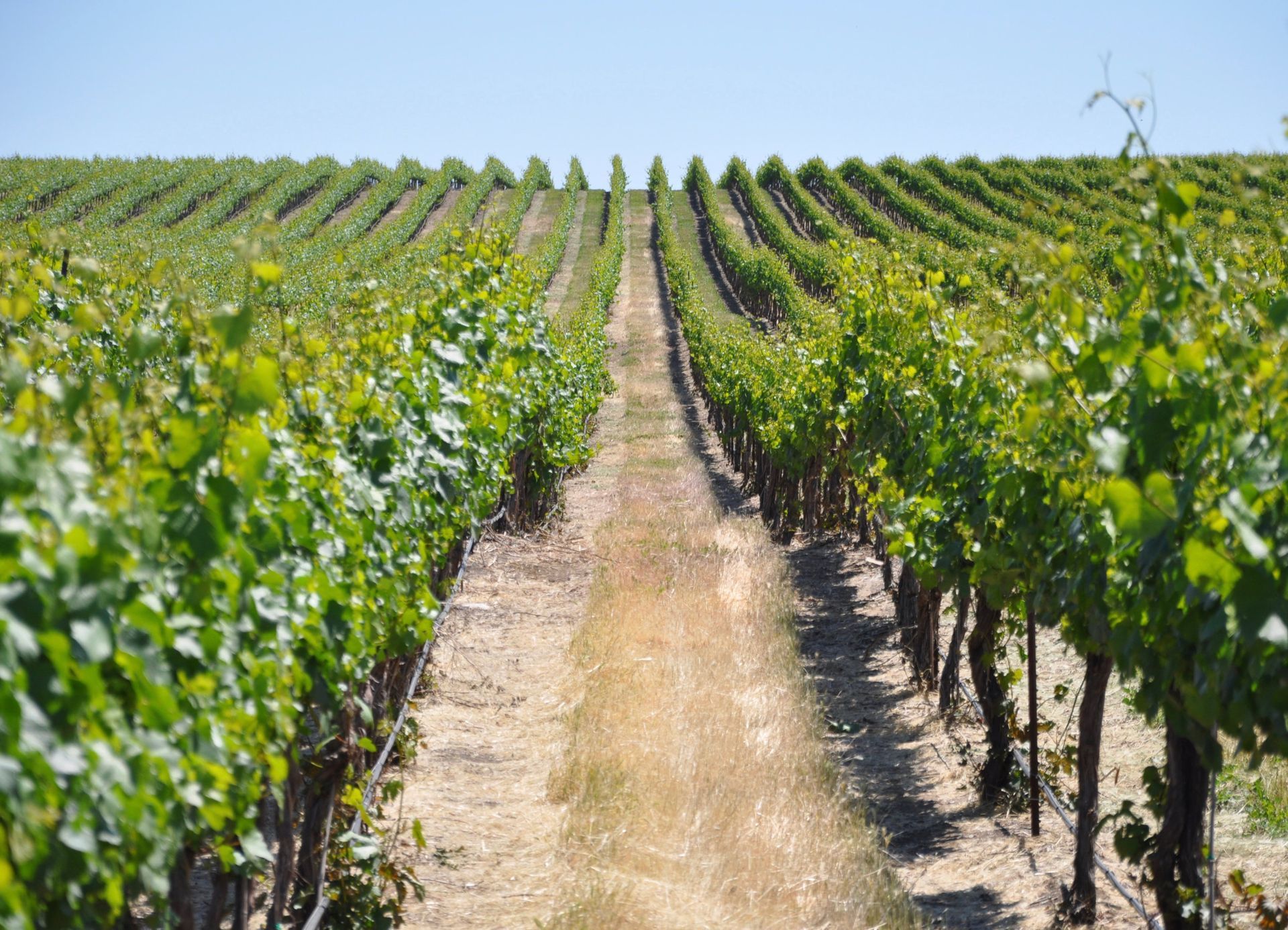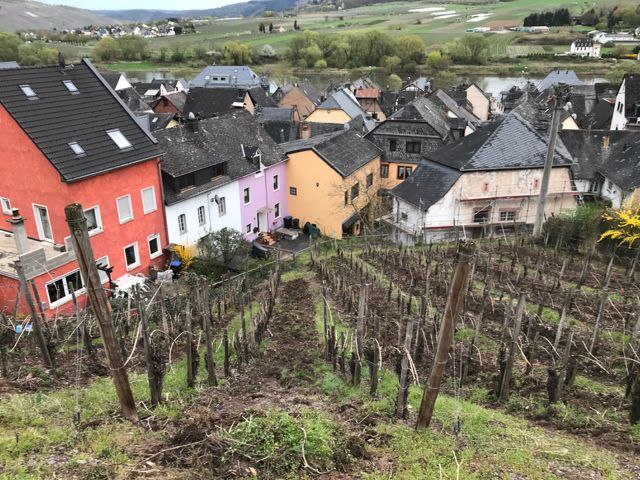Wine enthusiasts travel to historic and exotic wine regions like Bordeaux and Burgundy by the truck loads. And why not? The wines are remarkable and the locations are inspiring (or so we’re told). For whatever reason, however, we’re more of an “off the beaten path” crew (we’ve explored wine production in Japan,
Mexico, and
India, for example). Which is why we went to Italy. That’s right, Italy. OK, so Chianti, Barolo, and Barbaresco put Italian wine on the map long, long ago. But there are unique, little known, and hyper-local expressions of winemaking traditions even in a country that’s been making wine for millennia. The Umbrian village of Montefalco is a wonderful example.
Landlocked and more or less smackdab in the middle of the country, Umbria is at the heart of Italy. As its only region with no direct access to the sea or another country, Umbria has developed its own culture and cuisine both characteristically Italian and simultaneously distinctive. You’ll not find any seafood in its traditional fare, for example. Instead, wild boar, truffles, and local olive oil are some of the most common ingredients. Locals are proud of their cured meats, cheeses, and pasta (Umbricelli, anyone?) as well as the highly tannic and powerful sagrantino wines from Montefalco.
Like all historic Umbrian towns, Montefalco (i.e., “Falcon Mountain”) was built atop a hill for reasons of defense (Italian villages used to fight like Montagues and Capulets) vineyards are spread out down the slopes immediately outside the city walls. There’s quite a bit of sangiovese as well as merlot and barbera (most think of this as an exclusively northern Italian variety) for use in pleasurable but less expressive “Rosso” blends (for those nights when you don’t want the smack in the mouth you can count on from sagrantino). The most common white grape in the region is grechetto though there are many others grown. There’s also the little known (but newly exciting to us) trebbiano spoletino.
Fewer than 100 wineries in Montefalco produce about 2 million bottles of wine annually. Which may seem like quite a lot. As a comparison, however, the Chianti Classico region (the original, most exclusive part of the larger Chianti region) produces closer to 40 million bottles per year. About half of the bottles produced in Montefalco are consumed locally and the rest of the world gets the rest. Only a small amount of which is 100% sagrantino.
Perhaps it’s just the impression made by the wineries we visited, but there appears to be a strong movement toward increased quality, artisanal practices, and so-called “natural” winemaking in Montefalco. Our first stop,
Paulo Bea, was a founding member of the “ViniVeri” (i.e., “TrueWine”) Italian winery consortium in 2004. Organic and biodynamic methods are employed in the vineyards, all wines are fermented from native yeasts, and the winery doesn’t even employ climate control other than smart, functional architecture.
In spite of showing up without a required reservation (typical Americans), we were treated with warm hospitality (typical Italians). We were guided through a tasting and tour of the facility by head agronomist, Sergio. That’s another thing about the winemaking philosophy at Paulo Bea, there’s no “winemaker.” Or at least there’s no one with that title. With a stated value to “trust to nature the transformation of the grapes to wine,” the care and tending of the vineyards and winery is the conceptual (and practical) focus.
With only 30 acres of vineyards, production is small at Paolo Bea. Without the use of pesticides and other chemicals, the vineyards are vulnerable to climate and blight so each vintage varies in volume and every once in a while is actually lost altogether. Each wine bottle is numbered along with an indication of how many were produced that year. For example, we enjoyed a unique orange wine (a wine made from white grapes but fermented on the grape skins to extract more color and flavors) from a single-acre vineyard and a production of only 180 bottles.
This particular wine (the first we tasted) was also perhaps the most unique of the day. The 2012 “Arboreus” is 100% trebbiano spoletino (NOT the same as the trebbiano grape), a local native variety. The grapes are from old vines (which grow among trees that support the vines), the wine is fermented from native yeasts (i.e., whatever happens to be on the grapes and in the winery), and is fermented on its skins for 23 days (most white wines are removed from the skins before fermentation begins to preserve the most delicate flavor compounds). Most interesting of all, perhaps, is that the wine is made in the “ripasso” method. Which means that additional grape skins are added to the fermentation to extract even more flavor and color. With perfumed aromas of dried fruit and orange blossom and layers of complex flavors, this is a wine for drinking (and pondering) slowly.
The 2011 “Pipparello” is 60% sangiovese, 25% montepulciano d’Abruzzo, and 15% sagrantino. The grapes are grown and fermented together, spend ten months in stainless steel, then age for 44 months in large, neutral, Slavonian oak vessels. Aromas and flavors of dry leaves, dark cherry, and baking spices are noteworthy. The 2010 “Pagliaro” presents some of the same characteristics but as 100% sagrantino, it is a much more powerful wine.
Like the first wine we tasted, the final was quite a surprise as well. The 2007 Montefalco Sagrantino Passito is made in the common historical style of Montefalco Sagrantino. After grapes are thoroughly dried for a few months following harvest, the small amount of remaining juice is fermented in a sweet style. The wine spends 10 years in stainless steel before it’s bottled and released. The deep dark color and intense flavors of dried fruits make it a truly special wine.
After visiting Paolo Bea, we ambled through the village to find lunch then walked on to visit the Montioni Winery. Similar to the methods employed at Paolo Bea, Montioni uses only native yeasts for fermentation and a low-intervention agricultural style. The winery was established 50 years ago by the grandfather of the current owner. Under the guidance of Paulo Montioni, a boutique production approach focuses on quality over quantity (current annual production is less than 5,000 cases). Similar care goes into the production of olive oil at Montioni. Paolo Montioni described his sagrantino as “robust but not aggressive,” which we thought fitting. Overall, the wines were earthy and vigorous.
Our final stop was Cantina Fratelli Pardi
where Alberto tasted us through several delicious and impressive wines. With a similar story to Montioni, the current generation have moved the winery toward higher-quality output and modernized production methods. The acid-driven “Spoletino” was especially intriguing. From 100% trebbbiano spoletino, the wine is made of free press juice (what runs from the grapes after crushing but before pressing), is aged for 9 months “sur lie” (i.e., without removing expended yeast from the fermentation process) in stainless steel, then aged for another 9 months in bottle before release. The delicious flavors and creamy mouthfeel made it a standout.
Also not to be missed at Pardi is the Montefalco Sagrantino Passito. The grapes are picked in October, dried for 2 to 3 months, and then pressed gently to claim the very sweet juice remaining. The juice ferments in stainless steel tanks then the wine is aged in oak for a year and a half followed by another year of ageing in stainless steel. After bottling, the wine is aged one last time for 6 months. Whatever you’re having for dinner, ending the evening with this wine will make for a delicious finale.
While sagrantino is the undeniable star of the Montefalco show, all three wineries we visited demonstrated examples of other interesting and delicious wines as well. Though Montefalco does not have the name recognition of Rioja or Rhone, it’s a lovely place with beautiful people, ancient traditions, and power, unique (and some might say “extreme”) wine. These wines are not easy to find in many areas outside of Italy but any search will be rewarded. Making the trek to visit Montefalco in person will be especially gratifying for those fortunate enough to do so.
